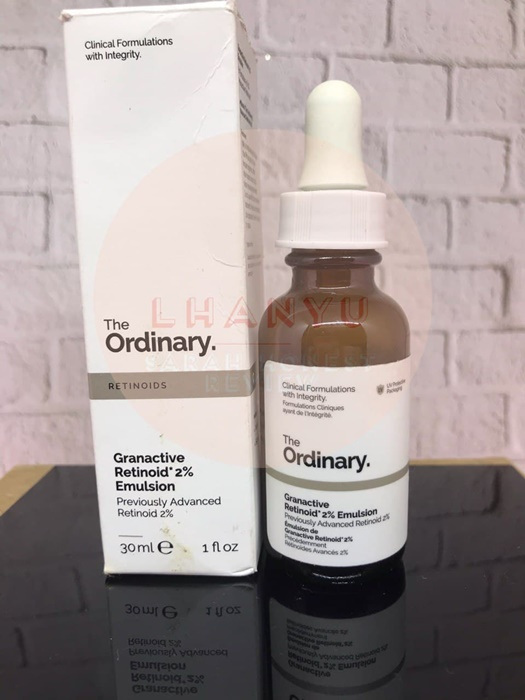

THE ORDINARY GRANACTIVE RETINOID 2 EMULSION REVIEW SKIN
While Retinol has been studied extensively, it is irritating to the skin and newer technologies exist that mimic the visible effects of Retinol without causing skin irritation. Retinol as they are two different technologies. We are unable to compare the strength of Retinoid vs. What’s the difference between retinol and the granactive retinoid emulsion? Thank you for this question. These Retinols can be used throughout the summer months if desired. This allows serums and lightweight formulas to be absorbed through the skin without struggling to go through thicker formulations. Our rule of application for our products is in order from lightest to heaviest formulations. Which should be applied first between The Ordinary Retinol and Niacinamide? Niacinamide 10% + Zinc 1% first.Ĭan I use The Ordinary Alpha Arbutin together with Granactive Retinoid? Yes, you can.ĭo I need to apply moisturizer after The Ordinary retinol? Aren´t these oil-based and oily formulations should be the last step? We generally recommend applying our oils before creams. Sun protection is particularly important when using retinoids, and they may increase the skin’s sensitivity to UV radiation. Whether you stick with the tried and true retinol options or go for the next generation granactive retinoids, both are incredibly effective in the long and short term. The Ordinary offers Granactive Retinoid of 2% concentration in a creamy emulsion format, as well as 2% and 5% concentrations in a hydrating, light Squalane base. This technology cannot be compared directly with Retinol itself in terms of concentration because they include a different Retinoid molecule, in a similar way that Retinol cannot be compared with Retinoic Acid in terms of concentration. The “younger” sibling, Granactive Retinoid, is a much newer next-generation advanced retinoid active complex which has been shown to target multiple signs of aging, offering the same long-term benefits as retinol without any of the drawbacks often associated with retinol use. If you’re an inexperienced user, it’s best to start your regimen with our Retinol 0.2% in Squalane and then adjust to higher strengths of 0.5% Retinol in Squalane and 1% Retinol in Squalane once your skin has grown tolerant to each formula. The Ordinary offers the pure, waterless form of Retinol in 0.2%, 0.5% and 1% concentrations in a base of Squalane. It is often considered one of the most effective skincare ingredients due to its ability to improve the appearance of multiple skincare concerns, including visible signs of ageing and textural irregularities. Retinol & Retinoids Retinol (the “older” sibling) has been around longer than most of us (since the 1930s), and as such, has been studied very extensively. They’re part of the same Vitamin A family, and just like siblings, they appear to be similar but are actually quite different. Granactive Retinoid & Retinol are a lot like siblings.

What is the difference between The Ordinary Retinols & Retinoids?ĭeciem posted this on Instagram, and they explained the difference between Retinols & Retinoids. Always check the official The Ordinary & NIOD pages, as information is regularly updated.

Copper Peptides (Buffet + Copper, NIOD CAIS, NIOD CAIL).Will you remember to use it? Will you bother to go to the fridge, apply and put back? Which products should not be used with Retinol & Retinoids? It´s really important to think about this, particularly if your fridge is really far away from where you do your skincare. The Ordinary Retinol & Retinoids should be kept in the fridge.

Should The Ordinary Retinol & Retinoids be kept in the fridge? 5% in Squalane Granactive Retinoid (High Strength, No to Low Irritation).2% in Squalane Granactive Retinoid (Moderate Strength, No Irritation).2% Emulsion Granactive Retinoid (Moderate Strength, No Irritation).There are 3 The Ordinary Retinoids, and as you can see, the original 2% emulsion is the favourite, but there really isn´t much in it.


 0 kommentar(er)
0 kommentar(er)
